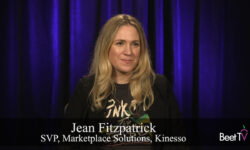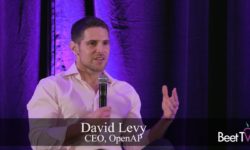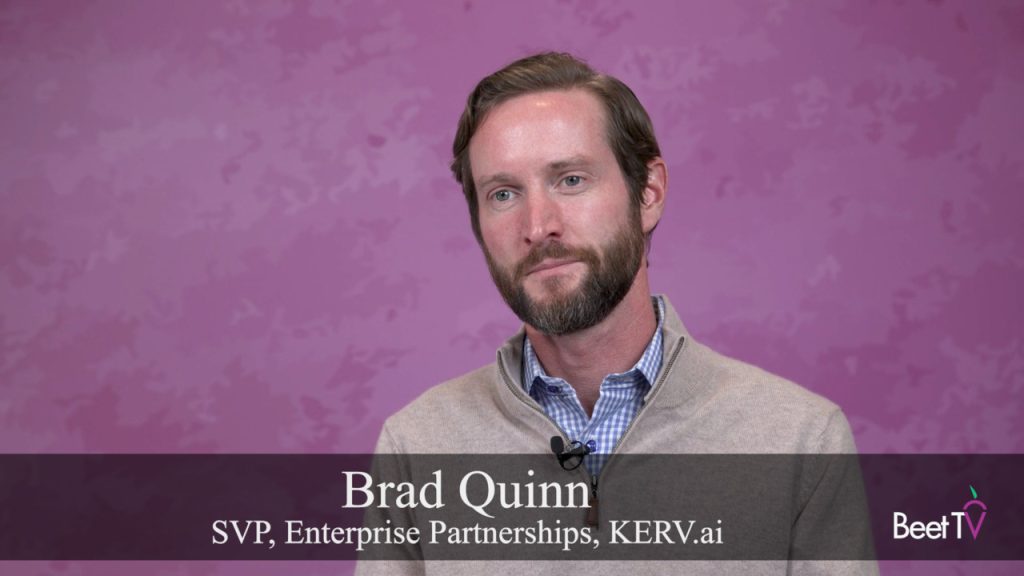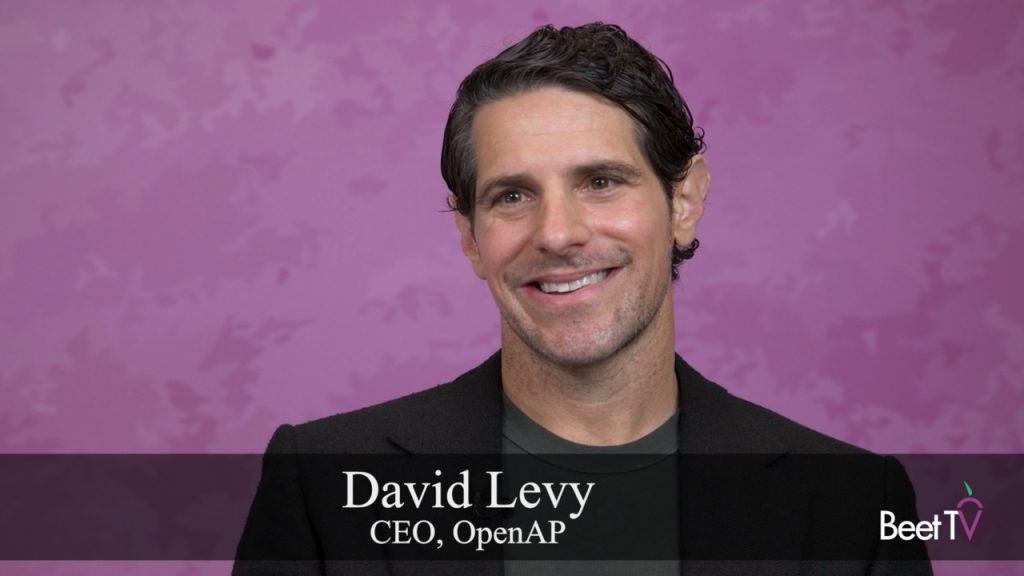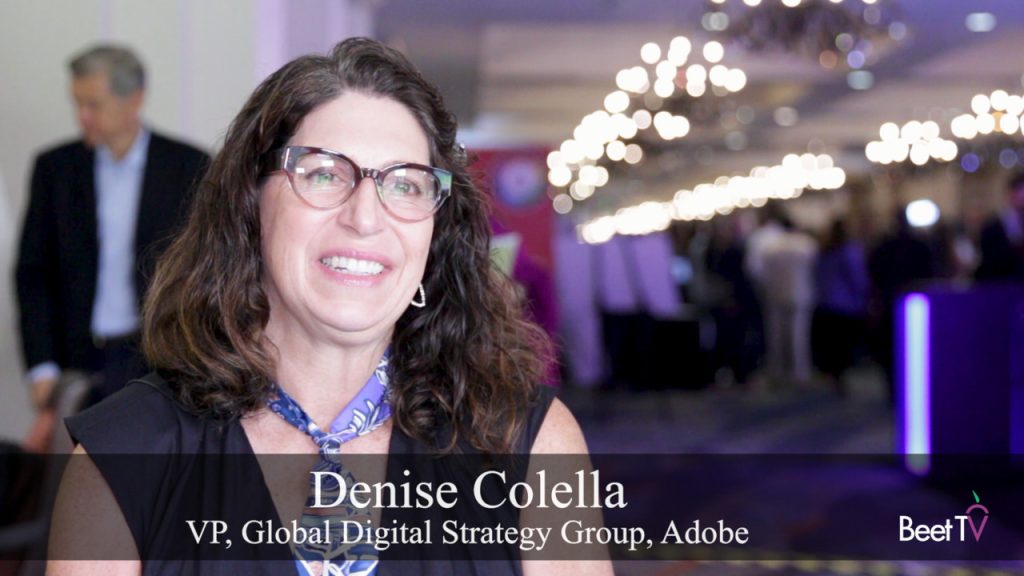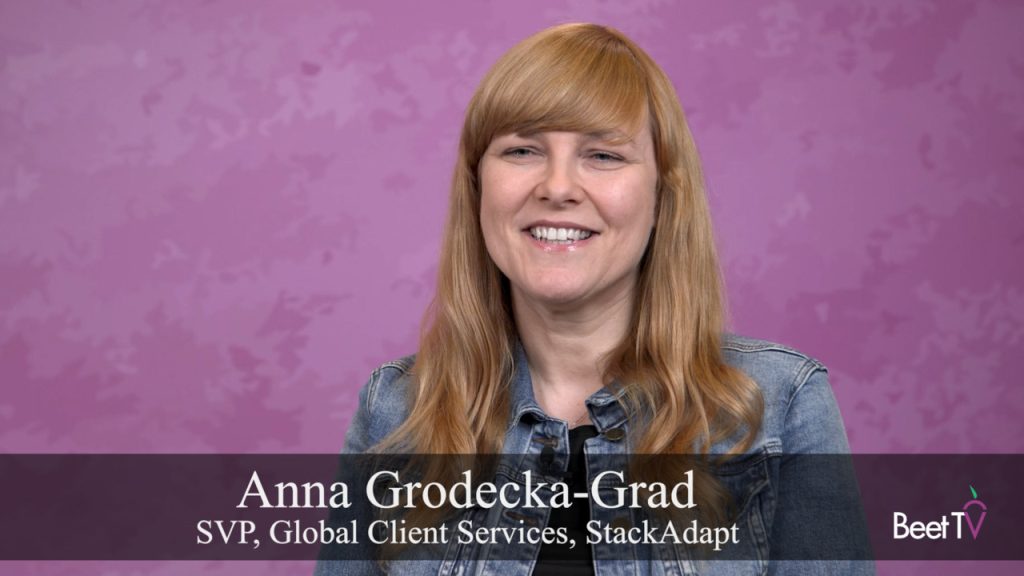LOS ANGELES — After the cryptocurrency hype, many people now know what a blockchain is.
But what exactly is Blockgraph?
In this recorded interview with Mediatel Events director Justin Lebbon for Beet Retreat Santa Monica, Aleck Schleider, chief revenue officer at Blockgraph, explained how the company’s technology works.
Ledger in the cloud
Originally set up in 2017 by Comcast’s FreeWheel to help advertisers go around third-party tech platforms to develop insights, Blockgraph span out and was born as JV between Comcast, ViacomCBS and Charter’s Spectrum Reach.
Peer-to-peer blockchain technology works by using a shared, “immutable” – or, untamperable – ledger of digital actions. In Bblockgraph’s case, that means secure data sharing for advanced TV advertising.
This year, TransUnion began injecting its own identity graph into Blockgraph.
ISP assets
Given this is a platform for convergent TV, most discussion of Blockgraph assumes it relies on TV viewing data alone. But Schleider says it goes deeper than that.
“We actually work with the MVPDs who are also the ISPs to really tie together the combination of (data from) set top box and digital devices,” he says.
“They are the ISP, so it’s a combination of the set top box and the router in the home that Blockgraph actually supports and sits on top of.
“We are capable of bringing together, via the set top box and the router, any consumption or ad exposure that is taking place across any device in that home.
“So we’ve really done a great job in being able to unify audiences or unify devices because of the unique data assets that we are sitting on top of.”
Data for identity
Specifically, Blockgraph’s IDoS (identity operating system) works in three steps:
- Users spin up a cloud “node” account holding the Blockgraph application, services and infrastructure.
- All participants with a node upload data to private databases, which becomes cryptographically encoded and assigned with BG IDs before it is added to a shared database.
- It is these IDs that Blockgraph can use to do profile matching, in a privacy-compliant manner.
“We’re software that sits within a data owner’s own infrastructure and we’re peer-to-peer,” Schleider continues.
“The ability for a data provider alongside an MVPD or a brand or other suppliers to be able to share information or match data, the peer-to-peer software does it in seconds and minutes.”
Quest for control
Blockgraph recently also introduced its own “clean room” software, DoubleBlock, and partnered with iSpot.tv to support measurement.
For Schleider, a key asset is that companies using Blockgraph can locate the data in their own environment.
“(Thanks to) fragmentation … so many devices in the home, how people are consuming content has made that problem even more difficult to solve,” he says.
“We’re helping bring the industry together because we are a privacy-safe way for MVPDs or brands, suppliers to control their first-party data, to be able to have, since we are software.”
You are watching coverage from Beet Retreat Santa Monica 2021, presented by FreeWheel, IRIS.TV, Samba TV, TransUnion & Warner Music Group. For more videos, please visit this page.










